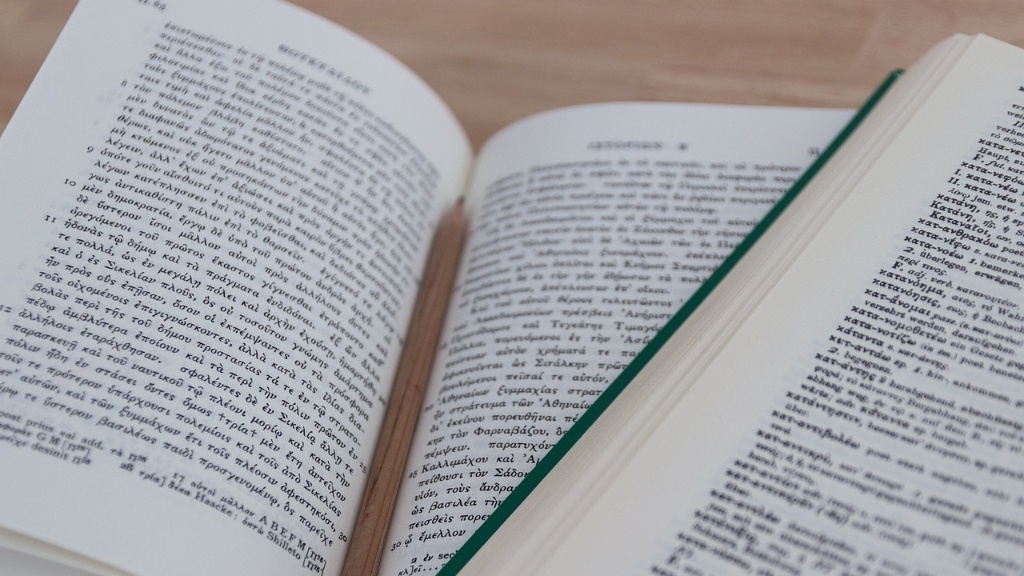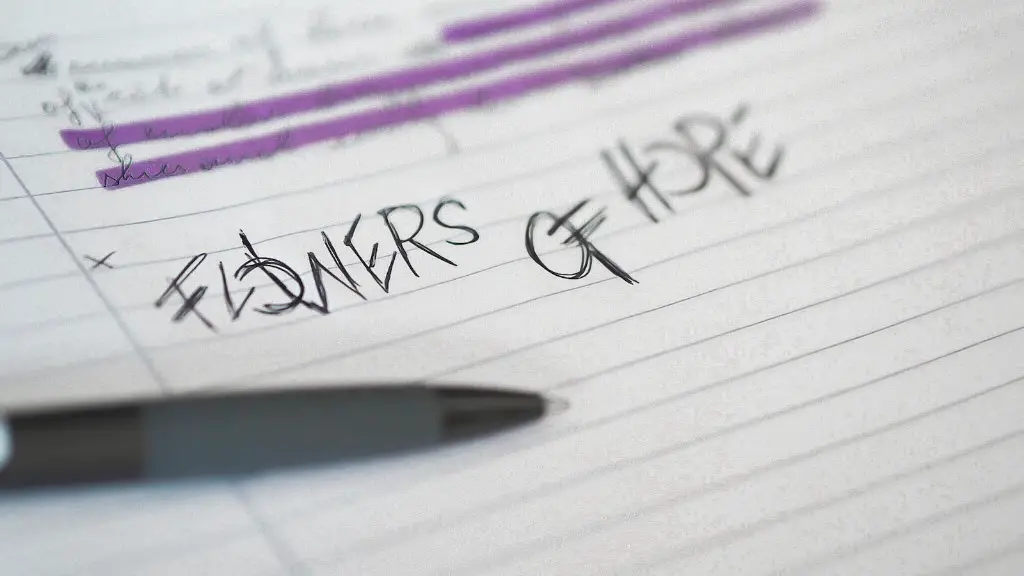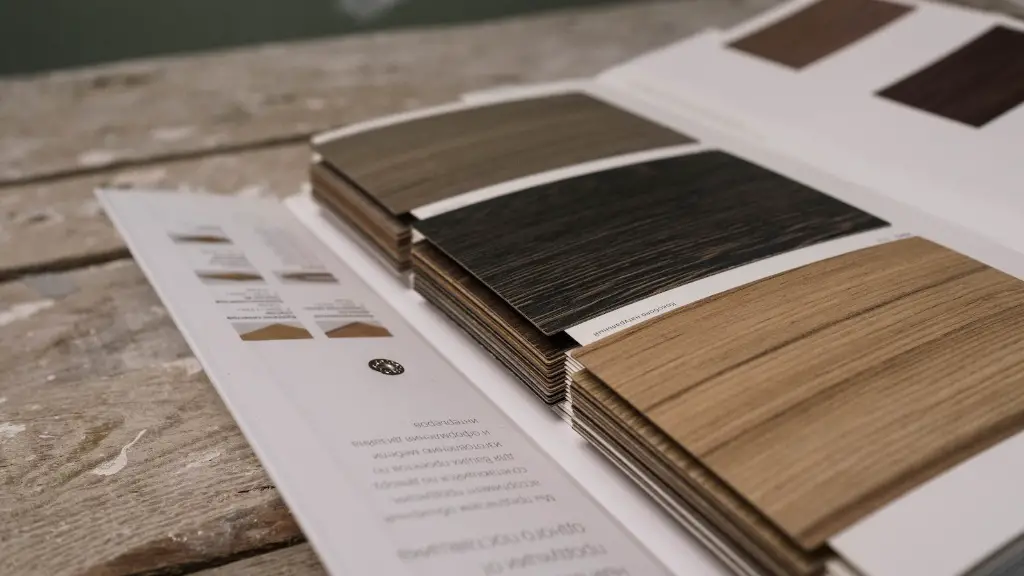What Is Blank Verse Poetry?
Blank verse poetry is a type of poetry that omits the use of rhyme, but retains a regular meter or measured rhythm, and line length. This poem structure is also known as unrhymed iambic pentameter, as it often uses a five-foot iambic meter with no end rhyme.
Rather than depending on rhyme for its structure, blank verse uses metric pattern instead. When speaking about iambic pentameter specifically, each line contains five iambs, which are unstressed, followed by stressed syllables. This repetitive structure creates a rhythmic cadence in the poem that can be used to great effect.
Some of the best-known examples of blank verse include Shakespeare’s famous play Macbeth and John Milton’s Paradise Lost. Historically, the structure of blank verse has been most commonly associated with epic poetry. While this is still true, modern poets have found new and interesting uses for the form.
The Origins Of Blank Verse Poetry
The origins of blank verse poetry can be traced back to Ancient Greek literature, such as Homer’s Iliad and Odyssey. In the Elizabethan era, blank verse was used by many of the major playwrights, such as Christopher Marlowe and William Shakespeare.
By the 19th century, blank verse became more prominent throughout the works of romantic poets, and it has been used by numerous poets since then. John Milton is a noted master of the form, utilizing it to great success in Paradise Lost and Samson Agonistes.
The 20th century saw several new uses and adaptations of blank verse, including the work of Ezra Pound and T. S. Eliot. Pound wrote in the form, as well as experimented with different meters and stanza lengths. Eliot used blank verse to convey a strong narrative and musically lyrical tone in some of his greatest works, such as The Waste Land and The Love Song of J. Alfred Prufrock.
The Benefits of Blank Verse Poetry
The lack of rhyme in blank verse poetry means that the filmmaker is free to create more subtle and nuanced lines, which can often be highly effective. Additionally, the consistent use of iambic pentameter creates a natural rhythm, which can give the poem a sense of harmony and grace.
The beauty of this poetic style lies in the way it allows the poet to explore a more versified, abstract approach to their ideas. According to poet Thomas Lux, “It’s a way for writers to both create a structure and restraint, but also to break away from the rigid expectations of rhyme and meter”.
The use of blank verse can also help evoke strong emotions in the reader. When used thoughtfully and expressively, the rhythmic lines of the poem can take on an ethereal quality, and the writer is able to explore complex concepts in a more lyrical and imaginative way.
Examples Of Blank Verse Poetry
A classic example of blank verse poetry is the iconic opening of William Shakespeare’s Macbeth, which follows the classic five-foot iambic pentameter without any end rhyme:
“The rain it raineth every day
Upon the just, and unjust fella’
But for all the wet, with the water’s play
The droughts of life makes me most befella’”
Other famous examples of blank verse poetry include William Wordsworth’s The Prelude, T.S. Eliot’s The Waste Land, E.E. Cummings’s as-I-ef-you-were-or-not-sa-tis-fied, and Emily Dickinson’s After a great pain, a formal feeling comes.
How To Write Blank Verse Poetry
Writing a blank verse poem requires the writer to focus on meter and syntax rather than rhyme. You can start by deciding on a meter, such as iambic pentameter or trochaic pentameter. You can also experiment with various metrical lengths, such as tetrameter or hexameter.
Once you’ve chosen a meter, the next step is to apply that meter to the poem. This often means counting the syllables and stressing certain words to fit the pattern. You can also look for naturally occurring sounds and alliterations to further enhance the poem.
When writing blank verse poetry, it’s important to pay attention to the imagery, diction and tone of the poem, as well as its internal structure, in order to create a strong and cohesive poem.
Blank Verse Poetry & Music
Blank verse poetry has become increasingly popular in the realm of music, from modern hip-hop to classic ballads. Numerous musicians have adopted the use of blank verse as a lyrical structure for their songs.
In modern music, artists such as Kendrick Lamar and Shia LaBeouf are known for their use of blank verse. Alternative bands such as Of Monsters and Men and Florence + The Machine also make use of the poetic structure in their music.
In the past, numerous classical composers have used blank verse in their works, such as Hector Berlioz in The Trojan Women and in George Frideric Handel’s Oratorios, including Israel in Egypt and Messiah.
Blank Verse Poetry & Visual Art
Visual art and blank verse poetry have long been intertwined. In the 15th and 16th centuries, religious art was often accompanied by verses written in the form of blank verse, conveying messages of faith and spiritual renewal.
The form of the poem was used to enhance the artwork, by providing a more lyrical interpretation of the painting. Examples of this can be seen in Pieter Bruegel the Elder’s The Fall of the Rebel Angels, as well as in the works of Dutch painter Jan van Eyck.
More recently, the relationship between blank verse poetry and visual art has become even more prominent. Many contemporary poets and visual artists work together to create conceptual art that is enhanced by a combination of the two mediums.
The Legacy of Blank Verse Poetry
Though blank verse has been around for centuries, it has still managed to stay relevant today through its incorporation into modern art.
In today’s world of soundbites and viral content, the form of blank verse still stands out as a more immersive and expressive way to capture our thoughts and feelings. Through its timeless structure, poetry can be used to explore our emotions and experiences in a way that is more lyrical and meaningful.
By utilizing the beauty and versatility of blank verse, modern poets are able to create works that are both powerful and poetic. Its use in contemporary literature, music and visual art serves as a reminder that blank verse still has an important place in our culture, and in our literary canon.
Variants Of Blank Verse Poetry
Though blank verse is the most widely-known type of unrhymed poetry, there are several variants of this form of verse that have been used by poets throughout history, including terza rima, villanelle, and sestina.
Terza rima is a form of blank verse that consists of three-line stanzas and interlocking rhyme schemes. It was made famous by Italian poet Dante Alighieri who used it to great effect in his epic poem, The Divine Comedy.
The villanelle is a 19-line poem that follows an intricate rhyme scheme and a rigorous pattern of repetition. It is often used to tell stories and is known for its lyrical and often amusing results.
Sestina is a form of blank verse poem that has a repeating pattern throughout its six stanzas, with each word from the first stanza reappearing at the end of the other five stanzas. It is a difficult form to master, as it requires finesse and skill to achieve the desired result.
Modern Uses Of Blank Verse Poetry
In the modern era, blank verse is still widely used by poets and lyricists and can often be found in spoken word, rap and hip-hop music.
Spoken word often utilizes blank verse to great effect, because its lack of rhyme allows for more flexibility and creativity with the lyrics. The lack of a set rhyme scheme also allows the words of the poem to have more power and impact.
Rap and hip-hop are also heavily indebted to blank verse, as the musical forms often incorporate poetic rapping and spoken word into their lyrics. Rappers often use the structure of blank verse to structure their work and create highly expressive pieces with powerful cadences and rhythms.
The use of blank verse can also be seen in contemporary literature, with many authors utilizing the form to create novels and stories with depth and nuance. It can be used in any medium to create works that are artful, meaningful, and compelling.


